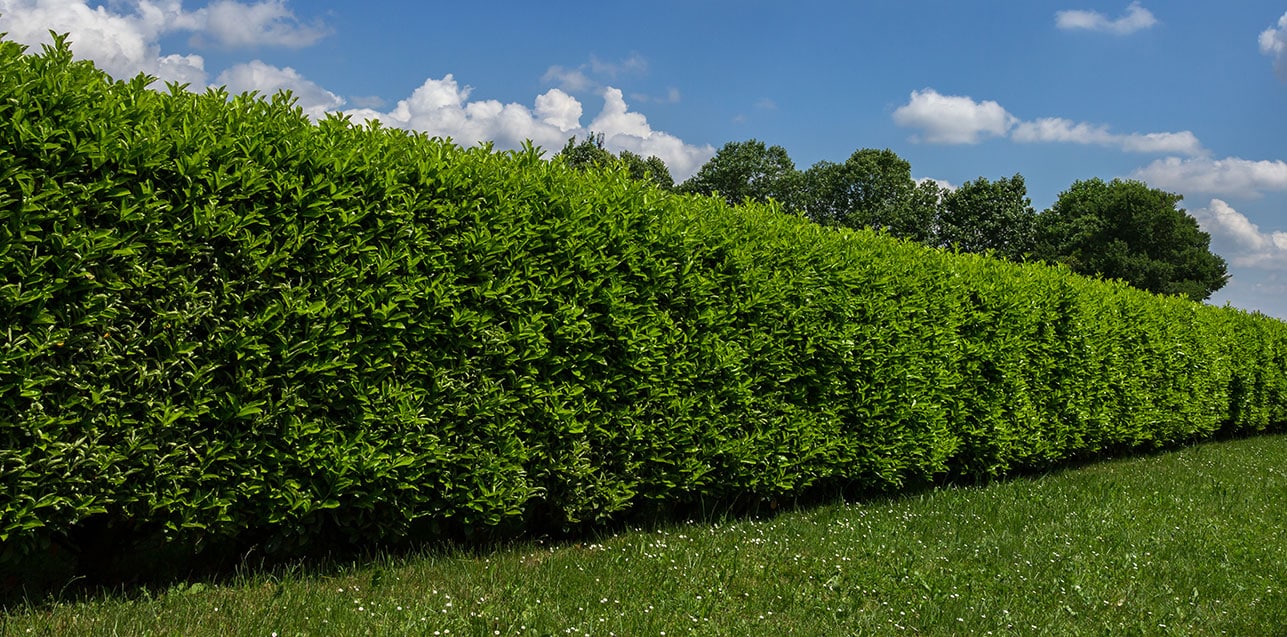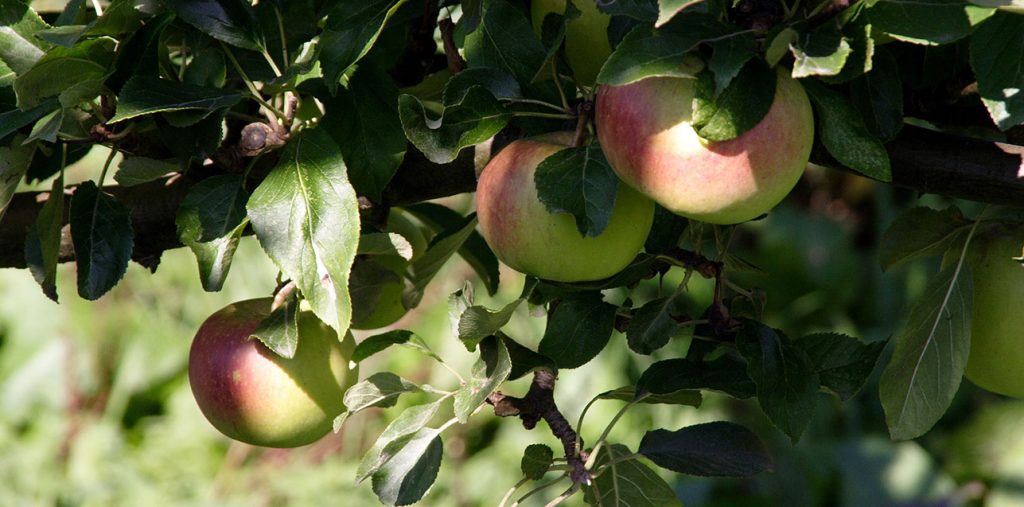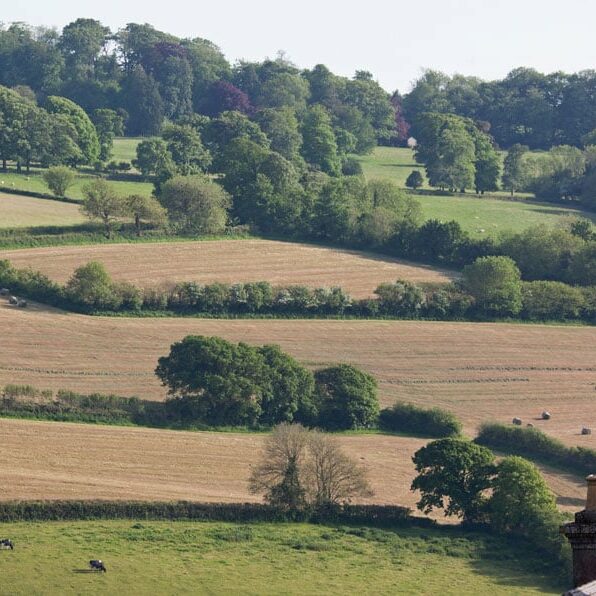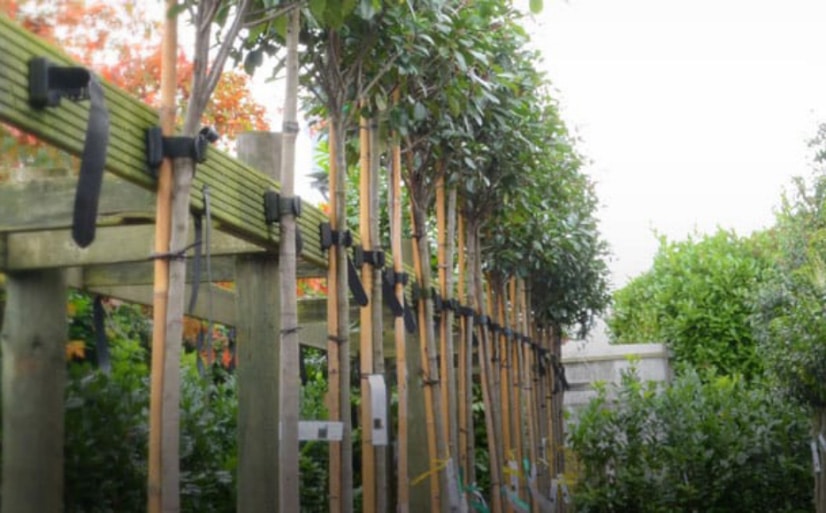Countryside stewardship grants offer vital funding to plant new hedgerows, improve habitats, support biodiversity, and store carbon. These grants include support for planting, restoring, and managing hedgerows. Here’s a breakdown of key options land managers can use.
BN7 (Hedgerow Gapping-Up)
£17.22 per metre (m) for the total length of boundary hedgerow being gapped-up, not for each side of the boundary.
Purpose. Gapping up hedgerows encourages new growth helping to create a continuous boundary. This creates better habitats and food sources for bees, pollinators, and birds, while supporting carbon storage.
Eligibility. To qualify, you must manage both sides of the boundary. The hedge must be at least 20m long, less than 5m wide at the base, and made up of at least 80% native shrubs. You are not eligible if any gap is over 20m long. For larger gaps, apply under grant BN11.
BN11 (Planting new hedges)
£22.97 per metre (m) for the total length of boundary hedgerow being gapped-up, not for each side of the boundary.
Purpose. Planting new hedgerows with native species helps to create habitats and provide food sources for bees, pollinators, and birds. It also helps store carbon.
Eligibility. To qualify, you must manage both sides of the boundary. If new planting links existing lengths of hedgerow the gaps must be over 20 metres long. For gaps of 20 metres or less, apply for the BN7 grant.
Requirements
Plants. Use 2-year-old native transplants that are 450–600mm tall. No single species should exceed 70% of the mix. Plant in two staggered rows, 40cm apart, with at least 6 plants per metre and do not block access points to open land. Keep the area weed-free until plants are established.
Timing, Preparation and Planting. Plant only between 1 November and 31 March (dormant season). Prepare a 1.5m-wide strip with healthy soil and clear all competing vegetation. Install fencing at least 1.2m from the hedge centre or near the bank base to keep out livestock. Replace any failed plants the following season, and remove guards and shelters once the plants are established.
Evidence. Provide photos of the completed planting with your claim. Also keep the following records (available on request):
1. Any consents or permissions connected with the work.
2. Receipted invoices or bank statements where a receipted invoice is unavailable.
3. The date, location and method of any weed control carried out.
4. The dates of planting.
5. Details of age, height and species planted.
6. A photograph of each length of hedge entered into the item before work starts
For full BN7 and BN11 scheme details check the government website.
Additional Hedgerow Actions
Both of countryside stewardship grants can be used in conjunction with other incentives like the CHRW1, CHRW2 and CHRW3 actions.
CHRW1: Assess and record hedgerow condition. Involves assessing hedgerows and writing an assessment record so that you can understand the condition of your hedgerows and effectively plan how they can be managed to improve their condition.
CHRW2: Manage hedgerows. Management depends on if the hedge is established or newly planted, but you must follow one of the required management processes. This action was introduced to improve habitats for wildlife and increase pollen, nectar and berries for mammals, birds and insects.
CHRW3: Maintain or establish hedgerow trees. Those who enter this action must make sure that they have an average of at least 1 hedgerow tree per 100m over the total length of hedgerows entered into this action. You can do this by maintaining existing trees growing within the hedgerow or establishing new hedgerow trees. It works to provide a habitat for wildlife as well as carbon storage benefits.
Read More:
1. King and Co are UKISG assured!
2. Pre-order Bare Root and Root Ball trees and hedging now!
3. King and Co are Plant Healthy






